What Are Razor Burns and Why Do You Get Them?
Razor burns is an umbrella term that describes irritation and redness on skin that occurs after using a razor. Each type of skin experiences razor burns differently, but the most common symptoms are itching, rashes, redness, burning, and stinging. Almost everyone can get a razor burn after removing hair with a razor. The most common places to get a razor burn include your face, arms, armpits, and lower legs.
Razor burns are more frequently confused with razor bumps. Razor bumps occur because of ingrown hairs, which curl up under the skin as they grow back. Razor bumps can become inflamed and pus-infested, whereas razor burns just cause the skin to be irritated with a burning sensation. Unfortunately, both of these are very unpleasant.
Razor burns occur mainly because of dry shaving, which is when shaving is done without using water, shaving cream, lotion, or soap. Other reasons include shaving too fast without precautions, using an old and blunt razor blade, having sensitive skin, and shaving against the direction of hair growth. However, with proper care, these razor burns can be avoided.
How Can Razor Burns Be Prevented?
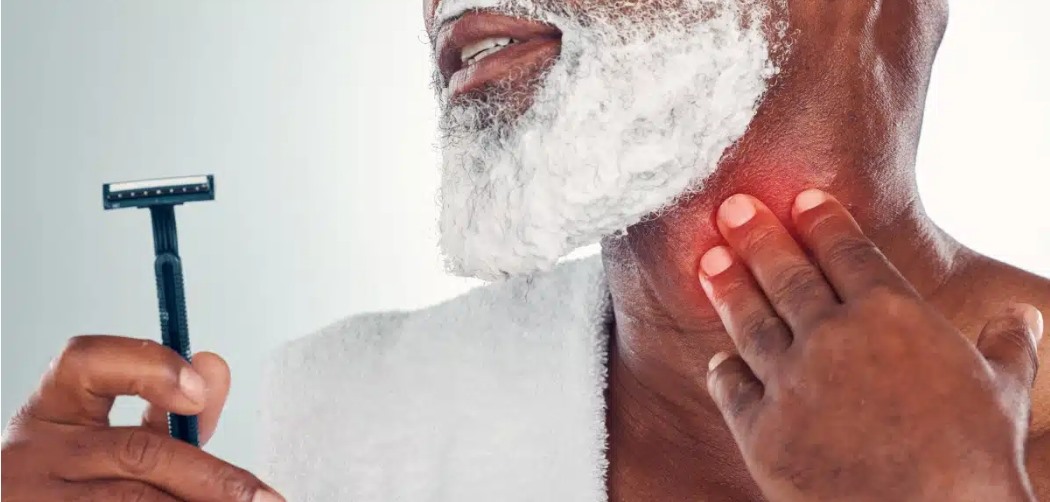 The risk of developing razor burns can decreased by several measures. The following tips might help you prevent razor burns:
The risk of developing razor burns can decreased by several measures. The following tips might help you prevent razor burns:
1. Shaving After Showering
Shaving after showering is a great way to prevent razor burns because the hair becomes soft after being in the water for some time which eases the flow of razor on the skin.
2. Using a Lubricant
Using water, shaving cream lotion, or soap while using a razor can greatly decrease the risk of razor burns.
3. Using a New Razor
Using a clean and new razor with a sharp blade carefully can also decrease your chances of getting razor burns. Here is a great article on the best shavers for women if you need help in deciding on a new razor.
However, every skin is different and what works for someone might not work for you. So it is best to give a few preventative methods a go and see what works for you. These burns are caused by using razors to remove the hair. In case you want to eliminate the chance of getting razor burns, we suggest you take a different approach to removing hair which may be IPL lasers like the Ulike Air 10 IPL device. This device does not cause any razor burns and is surely faster than a razor.
In case the razor burns were not prevented and you experience them, you can do a whole lot of things to ease the irritated skin. One way to go is the use of OTC treatments for razor burns.
3 OTC Treatments for Razor Burns
Over-the-counter treatments work very well for razor burns. These treatments are strong in action and you do not need any prescription. In some medical dispensaries, you do need to let the pharmacist know why you need them so they can suggest the best one for your unique condition. There are four types of OTC treatments for razor burns that are available in pharmacies. These include the following:
1. Hydrocortisone Creams
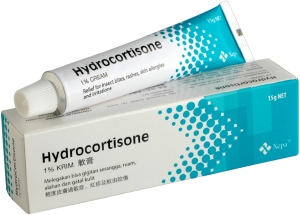 Hydrocortisone is the most used chemical to treat eczema, rashes, redness, and swelling. This chemical is present in various forms including gel, cream, foam, ointment, liquid, and spray which gives its users a great variety to choose from. You can get a hydrocortisone cream as an over-the-counter medicine or via a doctor’s prescription.
Hydrocortisone is the most used chemical to treat eczema, rashes, redness, and swelling. This chemical is present in various forms including gel, cream, foam, ointment, liquid, and spray which gives its users a great variety to choose from. You can get a hydrocortisone cream as an over-the-counter medicine or via a doctor’s prescription.
There are many ways to use hydrocortisone depending upon its type and form. Generally, a thin layer of the chemical is applied to the affected part. It is normally not recommended to use this chemical in the groin area unless prescribed by the doctor. It is important to know that the hydrocortisone chemical when applied to the skin, does not heal the irritated skin rather it just calms down the area for a while.
2. Salicylic Acid
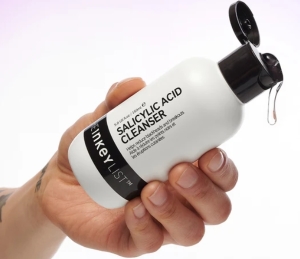 Salicylic acid is a very versatile chemical that is used to address a variety of skin concerns. One of these concerns is razor burns. Salicylic acid comes in variations like gel, cream, lotion, peels, and toner. This acid works by unclogging pores, sloughing off dead skin, and thus giving the razor burns time and space to heal effectively. In addition to the razor burns, this chemical is great for healing acne.
Salicylic acid is a very versatile chemical that is used to address a variety of skin concerns. One of these concerns is razor burns. Salicylic acid comes in variations like gel, cream, lotion, peels, and toner. This acid works by unclogging pores, sloughing off dead skin, and thus giving the razor burns time and space to heal effectively. In addition to the razor burns, this chemical is great for healing acne.
3. Benzoyl Peroxide
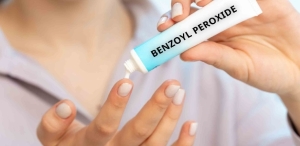 This chemical is known for removing bacteria from the skin that would otherwise clog your pores and irritate the skin when the hair is removed by using a razor. Benzoyl peroxide comes in the form of a gel, cream, or a cleanser. You can get it as an OTC treatment. You can use the Benzoyl peroxide after washing the skin with water first and then applying a layer of it onto the affected skin.
This chemical is known for removing bacteria from the skin that would otherwise clog your pores and irritate the skin when the hair is removed by using a razor. Benzoyl peroxide comes in the form of a gel, cream, or a cleanser. You can get it as an OTC treatment. You can use the Benzoyl peroxide after washing the skin with water first and then applying a layer of it onto the affected skin.
Do not leave it on for a long time as it can cause uneasiness. In addition to helping the razor burns, it works great for razor bumps and acne. Be careful to not use it too often in a week as it can dry out the skin very quickly.
FAQs
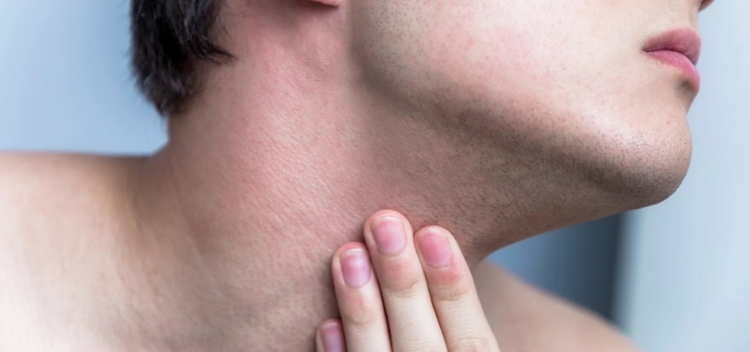 How Long a Razor Burn Lasts For?
How Long a Razor Burn Lasts For?
A razor burn can last for at least three days. Using aloe vera creams, over-the-counter treatments, and Vaseline can speed up the process or bring a soothing effect to the burns for some time.
Can Antibiotics Help In Getting Rid of Razor Burns?
Yes, antibiotics can help get rid of razor burns. Antibiotics like tetracyclines help decrease the inflammation caused by razor burns. These antibiotics are available as hard pills or topical creams.
What Can Reduce Redness of Razor Burns?
Aloe vera gel and cold compress can reduce redness caused by razor burns. Other things that can help reduce the redness of razor burns include moisturizing cream, tea tree oil, and most importantly, oatmeal baths.
What Are Some of the Natural Remedies for Razor Burns?
Some of the natural remedies for razor burns include witch hazel oil, tea tree oil, and aloe vera gel. These oils and gels have natural anti-inflammatory and antibacterial properties that help reduce the inflammation and itchiness caused by razor burns.
Conclusion
In conclusion, over-the-counter treatments are a great way to treat razor burns. The most commonly used OTC treatments include hydrocortisone creams, salicylic acid, and benzoyl peroxide. We caution you to do a small test run of these OTC treatments on your skin before using them entirely. Best of luck!

 By myulikeadmin
By myulikeadmin



